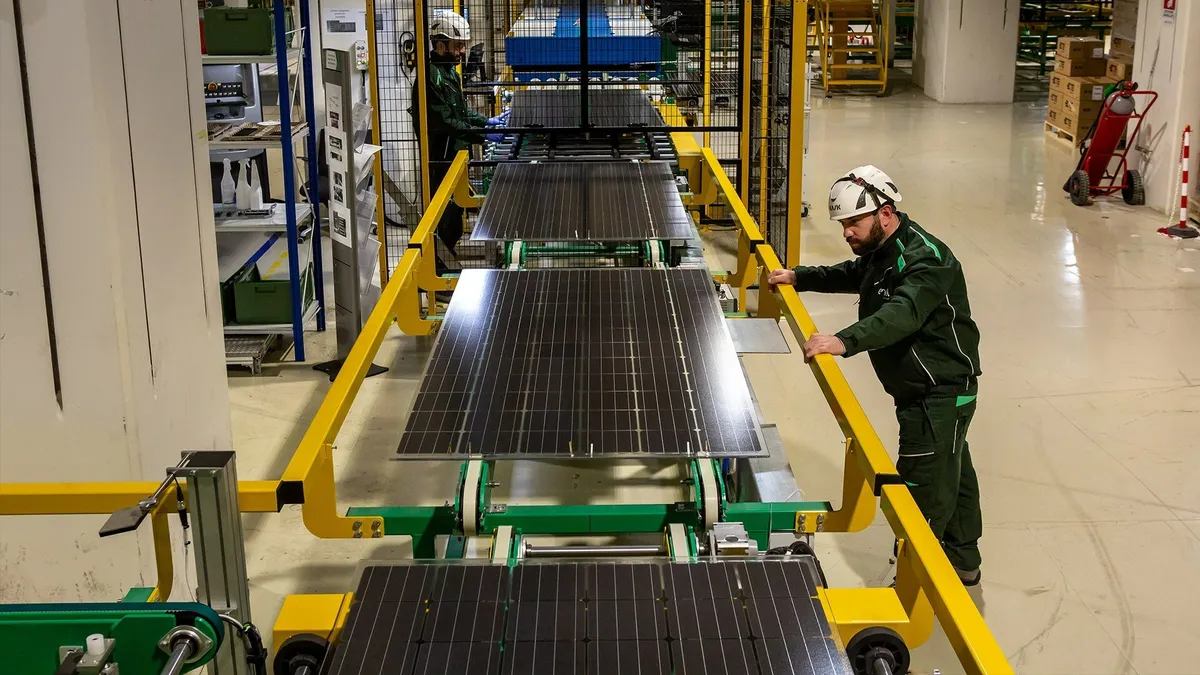Dive Brief:
- Just under a third of high-tech companies globally and in North America specifically have set Scope 3 greenhouse gas reduction targets, according to an Accenture analysis.
- High tech’s Scope 3 emissions — which includes greenhouse gasses originating in supply chains — are 24 times higher than the industry’s Scope 1 emissions and 13 times higher than Scope 2, Accenture found.
- In the high-tech industry, most Scope 3 emissions originate in companies’ indirect suppliers, with 86% of upstream Scope 3 emissions coming from Tiers 2, 3, 4 and beyond, according to the report.
Dive Insight:
For many industries, Scope 3 emissions make up the largest share of company climate footprints. Those emissions are also generally the most challenging to tackle for the simple reason that they are generated outside the company’s operations.
Reduction involves measuring the footprint of the supply chain — a complicated task regardless of the rubric one uses and one that only gets more complicated when trying to gather more accurate data.
Both data gathering and actual action on emissions reduction requires collaboration with suppliers, who provide data and are the ones who have to make changes to their operations to reduce supply chain carbon footprints.
With 2030 climate milestones and possible regulation coming soon, companies are starting to give attention to the issue of Scope 3 emissions. On the conference calls of North American companies, talk of “Scope 3” has gone from essentially zero in 2018 to 11.7% of calls by the end of 2022, Accenture found.
But with the large majority of high-tech companies yet to set Scope 3 targets, there is still much work to be done in the sector. “To move the needle in Scope 3 emissions, they need to act now,” the Accenture authors wrote in their report.
The key is increasing companies’ visibility into their supply chains and the source of their emissions, according to the study. This is especially difficult, the authors note, because the high-tech supply chain is comprised of “multiple tiers of suppliers around the world.” And high-tech is among the sectors with the largest amount of emissions stemming from Tier 3 suppliers and beyond, according to Accenture’s research.
Visibility into emissions can help high-tech companies locate hot spots within their supply chains, while accounting for supplier locations can help them in reaching reduction goals as they rethink their networks, the Accenture authors write. Also key are supplier collaboration programs, which set baselines, as well as reporting standards along with reduction targets.















